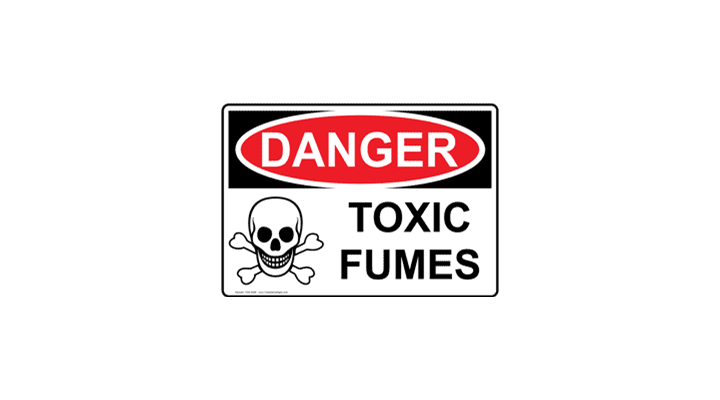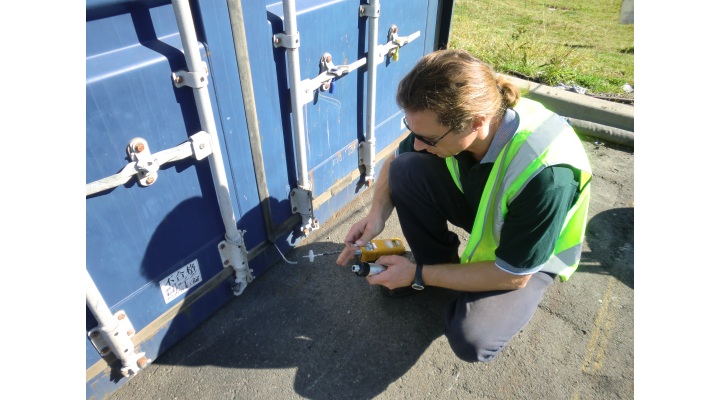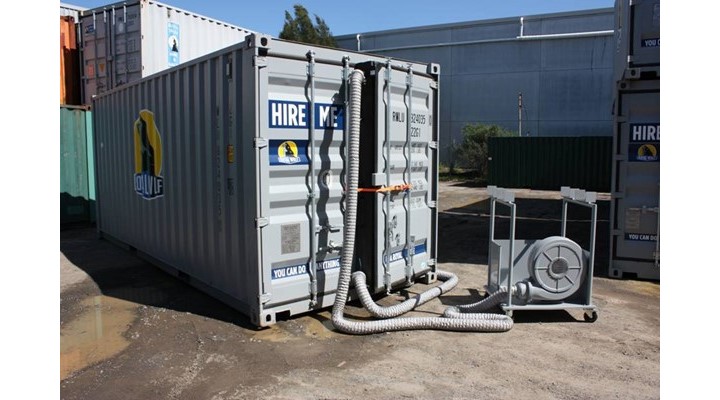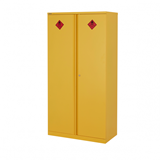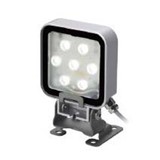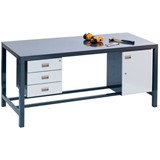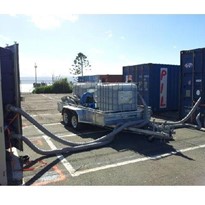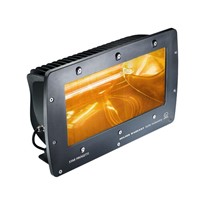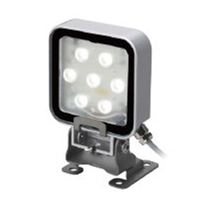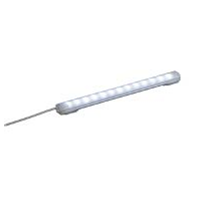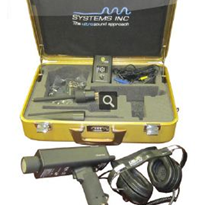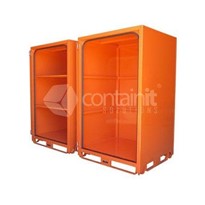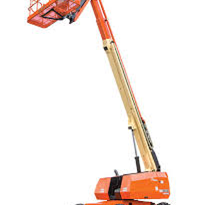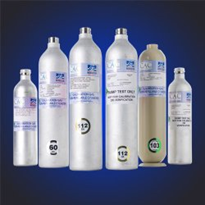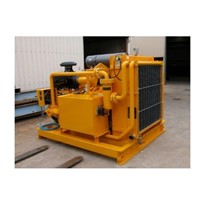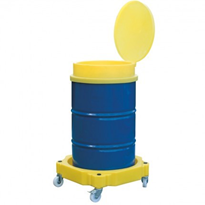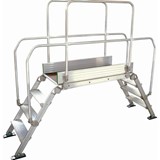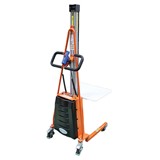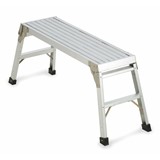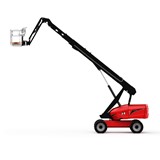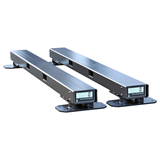The extensive study of import containers confirmed similar results to those found in other countries:
- 10% to 20% of Import Containers contain toxic gases exceeding health & safety limits
- These gases can be from fumigation, or desorption from goods in the container
- Everyday products carried in containers through the tropics can produce toxic gas at dangerous levels
Types of gases that occur in containers include fumigants. Personal effects and many other products are often fumigated:
- Methyl Bromide – neurotoxin
- Phosphine – cardiovascular poison
- Ethylene Oxide – carcinogen & tissue destructor
Also containers that have not been fumigated, just loaded with general types of goods, have been found to contain toxic gas arising from the cargo:
- Formaldehyde – from Textiles, Clothing & Furniture: causes cancer
- Toluene – from Shoes: also causes cancer
- Dichloroethane – from Electronic Goods and Plastic Products: possible cancer risk
- Ammonia – from Rubber Products: poisonous
- Hydrogen Cyanide - from Rugs & Carpets – toxic poison
- Other Toxic Gases – from a wide variety of sources
How serious is the problem?
Any workers who unpack imported shipping containers are at risk. Remember up to 20% of containers can pose a health risk to workers who unpack the containers.
The effects of toxic gas exposure are classified as “acute” or “chronic”. Acute exposure is obvious; workers may have difficulty breathing, collapse and require hospitalisation.
Chronic exposure is more difficult to determine - this occurs without any immediately obvious symptoms. Toxic gas exposure can have a cumulative effect on the human body. Repeated low dose exposures, may result in health effects in later years.
Toxic gases often have no detectable odour at dangerous concentrations. Without appropriate monitoring workers do not realise they are being exposed. The types of gases involved cause cancer, motor neurone disruption and heart and lung diseases.
What are the solutions?
New Guidelines have been issued in Australia and other countries, that require testing for toxic gases, and ventilation when these are found.
To address the risk, a good solution is to check import containers using a gas monitor, if unsafe gas levels are found then use fan forced equipment to aerate the container before entry.
- Gas Monitoring of Container
- Fast Ventilation of Container
Nordiko Quarantine Systems based in Australia specialises in providing innovative cargo fumigation solutions. Nordiko provides equipment to governments in Australia, New Zealand, Canada and Papua New Guinea, as well as private organisations in over 30 countries around the world.


